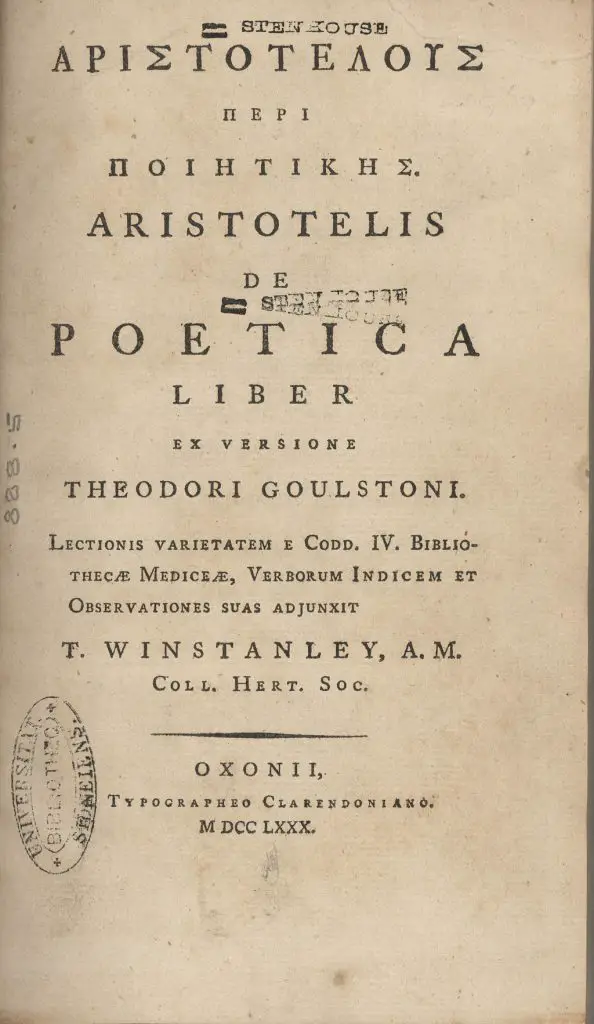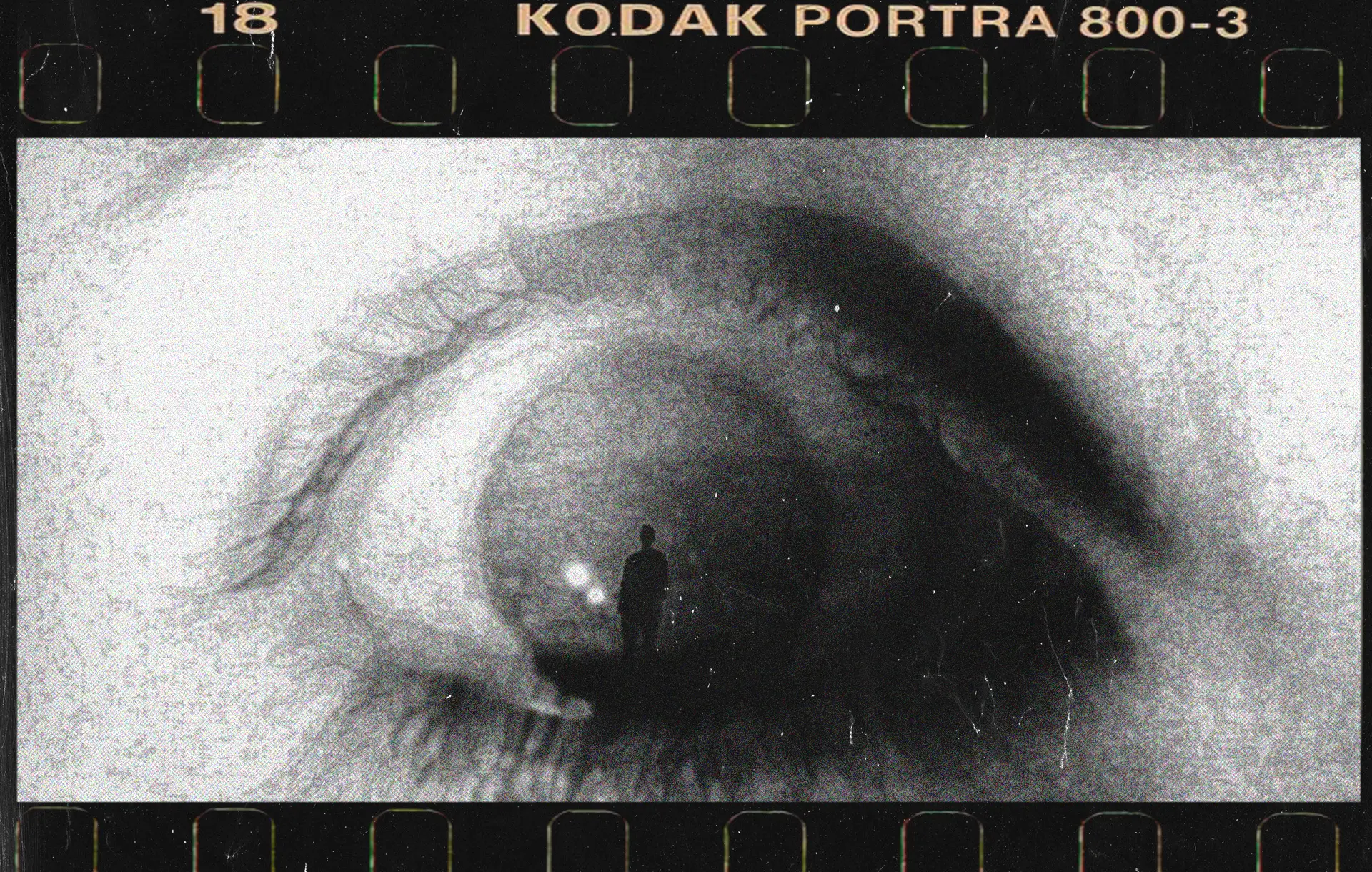We’ve all been there – waking up at 9 am in our childhood to watch our favorite Disney classic on VHS repeatedly, all dressed up as princes and princesses, cried in broad daylight after watching the last episode of Friends, stayed up until the wee hours of the night binge-watching crime shows on Netflix, and going above and beyond emulating our favorite characters on screen.
Art, literature, and films have always been ingrained in my DNA. Films, in particular, serve as a personal companion and guide that has profoundly shaped my formative years and continuously influence the choices that hone me into the kind of person I want to become. I’ve always looked up to these unique characters to learn from their journey, love their eccentricities, and mimic their iconic styles.
As we continue to cope with this frightening period of uncertainty, isolation, and survival, we are excessively consuming content that molds our psyche. Living this nightmare has forced me to deep dive into the psychology of film and explore how works of fiction influence our thought process, personality, and character to the extent of committing heinous crimes.
When Art Meets Science
Films and TV shows are the most powerful and influential visual media. Because of its remarkable effect on human development, psychologists and scientists have studied how stories evoke and stimulate our sensory systems, cognition, behavior, and emotions. Arthur P. Shimamura (Ph.D.) coined the term “psychocinematics” to breakdown and examine the way films affect our mental processes.

The reason why narratives effectively take the audience on a whirlwind of emotions and leave an indelible mark is not because of chance but all comes down to an exact science. It all starts with a well-structured story that comes in the form of a screenplay, novel, poem, play, or short story. Academy Award-winning screenwriter, Aaron Sorkin, swears by Aristotle’s principle of the three-act dramatic structure discussed in his book, Poetics (c. 335 BCE). Aristotle argued that narratives should follow a whole action, meaning that the causal chain of events should have a beginning, middle, and end to bring the audience to catharsis.
Shimamura highlighted that whenever we experience art, our mind constantly taps into our stored knowledge
As we all know, film is a collaborative medium, and perfecting the story is just a part of a massive system. For a film to truly succeed, all departments such as directing, acting, producing, cinematography, sound, light, and editing must come together to deliberate on the best course of action to bring the story to life. These creatives use cinematic techniques to help us understand and interpret the images presented on screen. The right choice of camera angles, framing, movement, and simple editing techniques such as establishing, pan, reverse, and POV shots, low/high angle, time lapses, impact the audiences’ brain activity because it provides context, intensifies tension, enhances performances, and gives the impression of how we perceive things in real life. For instance, the effect of low angle shots makes subjects look superior, strong, and powerful, overhead shots to de-power objects and characters, and close-up shots to emphasize the emotional state of the character.
A study conducted by psychologist, Tim Smith, analyzed eye movements of test subjects who watched excerpts of films such as Blade Runner (1982) and There Will Be Blood (2007). Each subject synchronically focused on a particular area that had motion and sound effects. On one hand, he also observed that audiences’ default attention directs to the center of the screen. The information that our eyes pick up is analyzed by the brain to make sense of every detail and how these elements correlate to each other. Aside from brilliant storytelling, action-packed, suspenseful, and dramatic scenes tend to keep audiences more attentive and engaged, which leaves a lasting impact to the viewer.
Shimamura highlighted that whenever we experience art, our mind constantly taps into our stored knowledge, past and new experiences, our perception of the world, cultural awakening, and our own memories to comprehend the story. Conversely, we also turn to art to help us navigate through life’s daily struggles.
The Case of Life Imitating Art
Films and TV series have a unique way of making a huge impact throughout our lives. It’s entertaining, informative, and addictive to the point of using it as a compass to make sense of what we feel and the reality we create.
Universal Pictures recently released a controversial satirical social thriller entitled The Hunt (2020) last March, which tells the story of wealthy Americans who hunt “deplorables” with assault rifles for fun. This film had a long and bumpy ride on its way to the big screen. The studio’s initial release in 2019, unfortunately, coincided with the deadly mass shootings that occurred in El Paso, Texas and Dayton, Ohio that took the lives of at least 30 people.
This senseless political terrorism and hate crime triggered Trump to criticize the film indirectly by tweeting:
“Liberal Hollywood is Racist at the highest level, and with great Anger and Hate! They like to call themselves “Elite,” but they are not Elite. In fact, it is often the people that they so strongly oppose that are actually the Elite. The movie coming out is made in order to inflame and cause chaos. They create their own violence, and then try to blame others. They are the true Racists, and are very bad for our Country!”
Theater owners refused to run the trailers due to fear that it would only spark more violence. Universal Pictures instantly pulled out the trailers and completely stopped their marketing campaign.
On one hand, when Netflix’s Don’t F*uck with Cats: Hunting an Internet Killer (2019) made headlines as one of the most disturbing true crime documentaries, Luka Magnotta instantly became a household name around the globe. This narcissistic and manipulative psychopath is infamous for the killing of two innocent cats that he videotaped and uploaded online for the public to see. Internet sleuths made it their life’s mission to track down this mysterious killer, which became a cat and mouse game that brought them down the deep dark web for years. Little did they know that Magnotta was the mastermind who orchestrated an elaborate plan to deceive them and the law enforcement about his true identity and whereabouts. His first taste of animal abuse led to a succession of violence and the killing and dismembering of a man he met online.
When Magnotta was finally captured and interrogated by the police, his confession brought the world to its knees. Magnotta admitted that his crimes were heavily inspired by the Academy Award-winning film Basic Instinct (1992), a story of a crime novelist who becomes a suspect in the slaying of a wealthy rock star. Magnotta adapted the persona of the novelist in the film by talking the same way, the manner of killing and murder weapon used, down to mirroring the last scene and dialogue of the film when he asked for a cigarette from the police. Luka Magnotta is a prime but extreme example of an individual who doesn’t have the capability of separating real life from fiction. This is the magnitude of how films could potentially shape a person’s mental and emotional health, especially if they are psychologically challenged.

Film Censorship Regulations
If violence in films is a pressing issue, then why don’t we just ban it entirely? It’s more complicated than you think. Back in the 1930s, politician William Hays implemented the Motion Picture Production Code or the Hays Code, which is the first attempt in establishing a form of self-censorship in films that outlined a set of rules that prohibit vulgar, profane, and offensive material on screen. However, some filmmakers took the risk of releasing films that violated the code in hopes of earning the big bucks. Since Hollywood couldn’t control itself, the government threatened to impose strict regulations.
In 1968, the fear of government interference along with Supreme Court cases Interstate Circuit v. Dallas and Ginsberg v. New York forced the entertainment industry to take the necessary steps to protect filmmakers and their freedom of artistic expression by instituting a ratings system under the leadership of the Motion Picture Association of America (MPAA). Instead of regulating the content of films, the ratings system could help audiences, especially parents, to make informed decisions as to which kind of films are deemed appropriate for their children to watch.
William Hays implemented the Motion Picture Production Code or the Hays Code, which is the first attempt in establishing a form of self-censorship in films
With the insurgence of streaming services, it could be hard to regulate the type of content that minors consume. As part of Netflix’s strategy to curb this problem, they enhanced their security measures by giving parents the option to block certain film titles and setting a PIN-protected profile that inhibits minors from sneaking into using other profiles that have access to mature content.
All things considered, psychocinematics is an important concept that allows filmmakers, critics, psychologists, and neuroscientists to further understand how elements such as the structure of storytelling, camera techniques, editing, psychology, and science collectively elevate our cinematic experience and find better ways to positively stimulate and shape our mind, behavior, and emotions. Most of all, proper implementation and observance of censorship regulations could aid in providing a positive space and a conducive learning environment for everyone.





